
Cholinergic brain supplement refers to any supplement or drug that affects the brain’s cholinergic system, which receives, transmits, and produces the acetylcholine transmitter. Acetylcholine plays a role that is critical in our focus and memory.
Based on its definition, a cholinergic enhances, inhibits, and mimics the acetylcholine neurotransmitter. Many of the cholinergics only functions as acetylcholine production booster. Others have more functions such as increasing receptor’s efficiency or inhibiting acetylcholine breakdown. More than these, cholinergics have other benefits that are significant to the body. These benefits help in boosting overall cognitive functionality, recall, perception, and concentration.
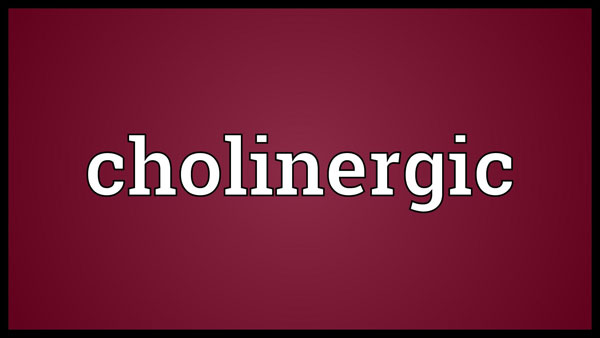
There are now more research studies being conducted to find out everything about the connection of cholinergic system and Alzheimer’s. But it is now a proven fact today, that low levels of brain acetylcholine are the cause of Alzheimer’s and other brain degenerative conditions.
Acetyl L-Carnitine, Alpha GPC, Centrophenoxine, and Citicoline are among today’s most popular cholinergic supplements. These supplements deliver cognitive benefits that are powerful because of the high levels of acetylcholine contained in them.
Acetylcholine: Facilitating Brain Communication and Recall of Information
Acetylcholine is a term that nootropic users mention a lot like other people know about it. Bu the truth is, acetylcholine is a term that nootropic non-users don’t even know about. Well, except for neuroscientists.
Acetylcholine or Ach is found within the brain as a simple neurotransmitter. Many organisms have this simple and organic molecule. Choline is where it is derived. Like other neurotransmitter, acetylcholine facilitates communication in the brain. It plays a role that is essential in cognitive functionality’s multiple levels. It is particularly important to the process of memory formation. It has been found that the process helps in recalling new information and boosting storage.
The neurotransmitter that was discovered first is acetylcholine. Henry Hallett Dale, who is an English physiologist, discovered it in 1915. It played an active role that is critical on heart tissues according to research. The research was conducted for 20 years. After that, Dale received the Nobel Prize in Physiology or Medicine for his work with the acetylcholine neurotransmitter in 1936.

In many organisms such as humans, the neurotransmitter affects the peripheral nervous system, somatic nervous system, central nervous system, and autonomic nervous system. In many parts of the brain, the acetylcholine neurotransmitter plays a role that is critical to the organ.
When the cholinergic system is damaged, the brain begins to degenerate, which could lead to devastating brain conditions like dementia or Alzheimer’s. When the levels of acetylcholine are boosted, doctors are now able to control and treat degenerative conditions.
Choline Enhances Cognition
In simple terms, acetylcholine’s basic form is choline. When in our body, choline is transformed into acetylcholine. When this happens, the brain can now use it for its function.
Many of the foods that we eat contain choline, so it is not something like a magical nutrient. For example, shrimps and eggs are very high in choline. Surprisingly though, many of us have a diet that is deficient in choline. You won’t be productive and won’t stay healthy if it doesn’t get the right amount of choline, unless you’re eating more than five eggs daily.
Satisfying your brain’s choline needs isn’t simply about being “smart”. It is necessary so that your brain would be able to create enough acetylcholine crucial to the organ’s processing of numerous tasks. This is why headache occurs when there’s low levels of choline.
However, you’re not required to eat a lot of eggs daily all throughout your life. The consumption of cholinergic is the healthiest and safest way to achieve it.
How Do Cholinergics Work?
 There are several ways by which cholinergics enhance the cholinergic system. The cholinergic system gets its food from cholinergic supplements.
There are several ways by which cholinergics enhance the cholinergic system. The cholinergic system gets its food from cholinergic supplements.
This provides the brain to have the necessary nutrients to build and improve a healthy cognition. This how cholinergic benefits are created.
Below are some of the ways how cholinergic supplements increase the levels of acetylcholine in the brain:
- The supplements inhibit acetylcholine metabolism, which increases the levels and prolongs the neurotransmitter’s effects.
- Cholinergics block and stimulate the autonomic ganglia’s receptors, which is the autonomic nervous system’s critical part.
- Any cholinergic works as an antagonist, which inhibits the cholinergic receptor’s actions resulting to the breakdown of acetylcholine.
- Every cholinergic works as an agonist, which stimulates cholinergic receptors and enhances their efficiency.
A cholinergic nootropic, technically speaking, is a nootropic that produces acetylcholine actively. Anything that involves acetylcholine is considered as cholinergic, which includes Alpha GPC and other acetylcholine precursors. Allosteric modulators, acetylcholine inhibitors, and acetylcholine precursors are the three most common cholinergic categories.
The “true” cholinergics are the acetylcholine precursors, which boost acetylcholine production. They also function as a contributor to nootropic benefits that are provided in many areas of the brain. Below is a list of the available and most popular types of cholinergic nootropics. It includes the benefits of each nootropic.
Types of Cholinergics
Alpha GPC
As a popular nootropic, Alpha GPC is used typically as acetylcholine supplement. On its own, it can be used to gain powerful cognitive benefits. This includes better concentration, neuroprocessing and memory. But typically, the nootropic is taken typically with racetams as part of the same stack. When it is stacked with any racetam, the Alpha GPC helps in boosting production of the brain’s acetylcholine neurotransmitters that are highly efficient.
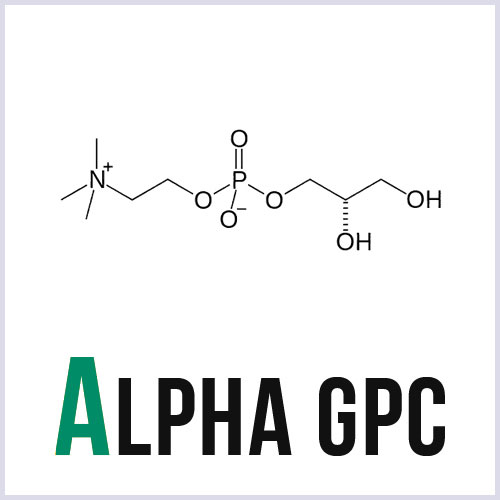
Though it sounds like a brand name, it is actually not. It is a choline compound that is naturally found within the brain. L-Alpha glycerylphosphorylcholine is its chemical name. This is the reason why the name is shortened.
Acetyl-L-Carnitine
As an amino acid, Acetyl-L-Carnitine is used to treat numerous mental disorders that includes alcoholism, depression, Alzheimer’s, Down syndrome, and others. Amino acids are important because they are the building blocks of proteins. The body naturally produces Acetyl-L-Carnitine. It has a critical role in the daily production of physical energy and mental energy in the body.
Many of us are Acetyl-L-Carnitine deficient even if it is produced naturally in our body. The supply of this nootropic comes from red meats, which makes vegetarians and vegans the most deficient in Acetyl-L-Carnitine.
Unlike other choline supplements, there are various ways which this nootropic works. As a cholinergic, it helps in improving memory when it raises the levels of acetylcholine. At the same time, it also improves the levels of energy and mood like Pyritinol does.
People use it as part of a stack or on its own. There are also men that use it for “male menopause” treatment and to boost the natural production of testosterone in the body.
Centrophenoxine
Known also as Lucidril or Meclofenoxate, Centrophenoxine is a drug used to treat Alzheimer’s and dementia. Today, it’s used more often as nootropic. This cholinergic boosts the brain’s levels of acetylcholine and also works as a powerful antioxidant, which helps in targeting free radicals found in the brain and reverses the aging process.
Centrophenoxine has several benefits such as improvement of learning capability, memory and neuroplasticity. Several clinical trials have shown that this cholinergic is promising in terms of its ability to treat degenerative conditions such as Alzheimer’s. Nootropic users usually stack it with Piracetam, Oxiracetam or Aniracetam.
Citicoline
As one of the most popular cholinergics, Citicoline is currently being sold in 70 countries situated all throughout the world. When it crosses the brain-blood barrier, Citicoline is broken into two components that have different functions each. Choline, of the components, helps in boosting the levels of choline, which in effect raises the levels of acetylcholine.
Cytidine, the other component, helps in activating the components’ synthesis inside the cell membranes. As a result, the metabolism of cerebral energy is boosted. This leads to a better mental focus and energy. This makes Citicoline very popular to users who need a cholinergic that will boost their concentration and memory.
Cytidine Diphosphate Choline is the full chemical name of Citicoline.
Pyritinol
One of the cholinergics, Pyritinol is the most unique that is available today in the market. Pyritinol, like other cholinergics, helps in boosting the levels of acetylcholine in the brain and in improving learning capabilities and memory.
Pyritinol, at the same time, helps in boosting the levels of dopamine while also improving the utilization of glucose. Dopamine affects stress and mood. When the levels of dopamine is raised, tis cholinergic can significantly improve mood and can provide an anti-stress effect that is very calming. Similar to this is how anti-depression medications work in improving mood when it raises the levels of dopamine.
Two molecules of Pyridoxine is combined together to synthesize it. Vitamin B6 is the original name of Pyridoxine. This is why both have similar effects.
It is interesting that there are people who use Pyritinol as hangover cure. It has been shown that Pyritinol is effective in boosting neuroprotectivity. This makes it easier for the brain cells to function well and to remain healthy even when too much alcohol are bombarded to the cells.
Typically, Pyritinol is taken as part of a stack, usually with racetams like Piracetam or Oxiracetam. This can result to several cognitive benefits that are really powerful. The benefits include enhanced learning, reasoning, focus, mental clarity, and thought processing.
Maximize Cognitive Benefits Using Cholinergic Stacks
When stack with other nootropics, cholinergics offer more and effective benefits such as:
- Higher levels of highly functional brain acetylcholine resulting to powerful cognitive benefits.
- Delivers Choline the brain needs, resulting to greater production of acetylcholine.
- Acetylcholine functions more when stacked with racetams.
It is recommended to start with Piracetam when stacking racetams with cholinergics. Citicoline and Alpha GPC are the most popular cholinergics for stacking. These two cholinergics provide racetams all the materials needed for acetylcholine production and provision of enhanced learning ability, focus, and memory.
Buy Cholinergics Online
Cholinergics are available in offline and online stores. Unlike other nootropics that are not strictly regulated, cholinergics are legal and widely accessible all throughout the world. There are numerous stores that sell cholinergics online. Aside from a wide range of selection available on the Web, online options are also offered at a more affordable prices. Online purchasing is also the most convenient for many because only few drugstores and pharmacies sell the nootropic. With all these, I recommend that you buy cholinergics online.

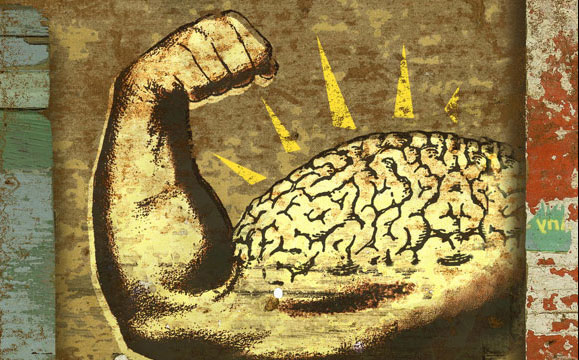
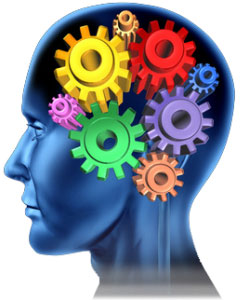 Based on the Greek words ‘nous’ and ‘trepein’ which literally means ‘mind’ and ‘to turn or bend’, respectively, the term nootropic was first introduced into usage in the medical scientific community by the Romanian chemist and psychologist, Corneliu E. Giurgea in 1972.
Based on the Greek words ‘nous’ and ‘trepein’ which literally means ‘mind’ and ‘to turn or bend’, respectively, the term nootropic was first introduced into usage in the medical scientific community by the Romanian chemist and psychologist, Corneliu E. Giurgea in 1972.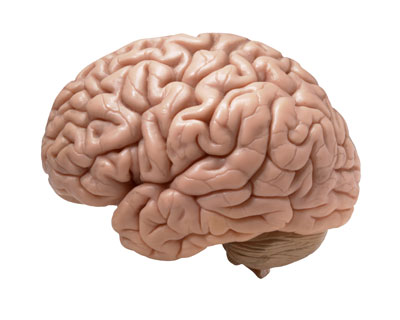 Since we are talking about how to unleash the power of the brain, it is important to spend some time understanding a few important things about the human brain.
Since we are talking about how to unleash the power of the brain, it is important to spend some time understanding a few important things about the human brain.